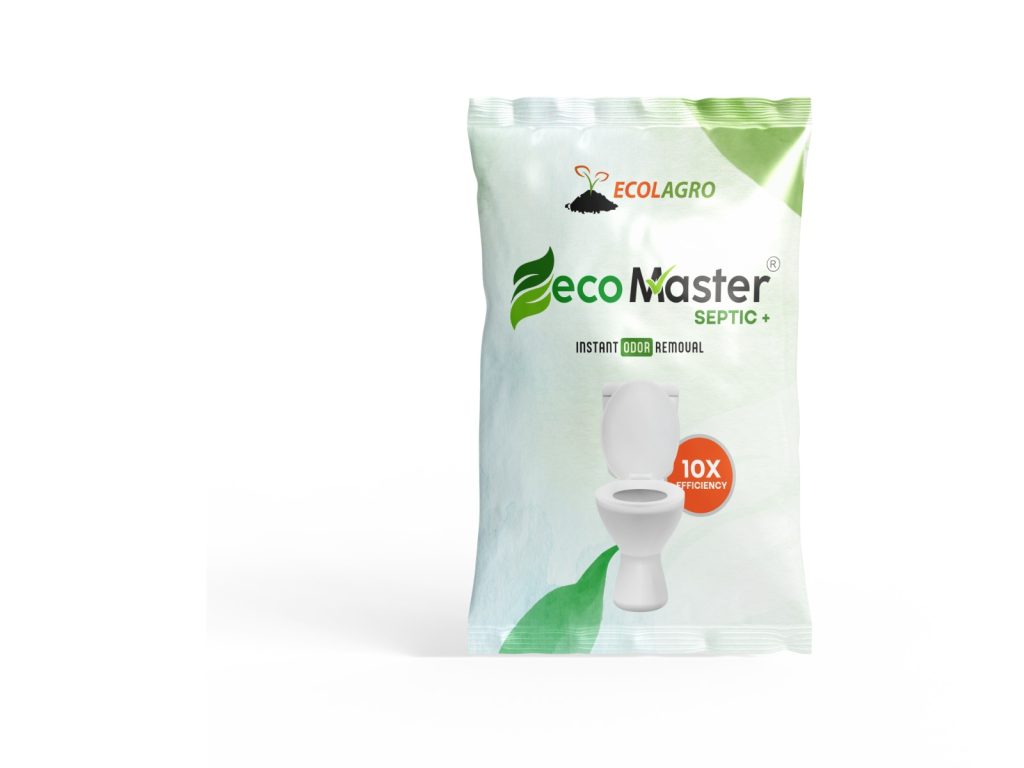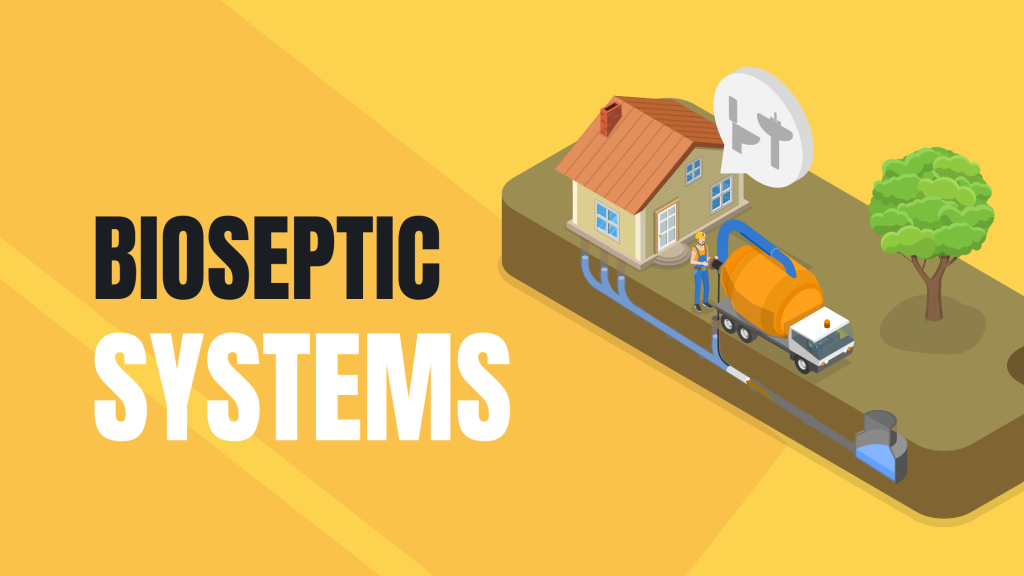As the demand for eco-friendly and low-maintenance wastewater treatment grows, bioseptic systems have emerged as a smart, sustainable alternative to traditional septic tanks. Designed to naturally treat household sewage using biological processes, bioseptic systems offer an environmentally responsible and hassle-free solution, especially in areas without centralized sewage networks. In this blog, we’ll explore what bioseptic systems are, how they work, their advantages, and why they’re a preferred choice for modern wastewater management.
What is a Bioseptic Systems?
A bioseptic system is a type of onsite sewage treatment system that uses a combination of anaerobic and aerobic bacteria to break down solid waste and purify wastewater. Unlike conventional septic tanks that rely mostly on sedimentation, bioseptic tanks actively treat the wastewater through biological digestion, making the effluent cleaner and safer for discharge or reuse.
How Does a Bioseptic System Work?
Here’s a step-by-step breakdown:
-
Wastewater Inflow: Household sewage from toilets, sinks, and drains enters the bioseptic tank.
-
Anaerobic Digestion: In the initial chamber, anaerobic bacteria digest organic solids, reducing sludge and breaking down waste.
-
Aerobic Treatment: Air is introduced into the next chamber using aerators or blowers, where aerobic bacteria further purify the water.
-
Clarification: The treated water passes through filtration media or clarifiers to remove remaining solids.
-
Effluent Discharge: The final, clear water is safe for soil absorption, gardening, or even flushing (where local laws permit).
Advantages of Bioseptic Systems
-
Eco-Friendly: Reduces environmental pollution and groundwater contamination.
-
Odor-Free Operation: Biological digestion prevents foul smells common in traditional systems.
-
Low Maintenance: Requires less frequent sludge removal compared to conventional septic tanks.
-
Compact Design: Ideal for homes with limited space or in remote/rural areas.
-
Reusable Water: Treated effluent can be reused for non-potable applications, reducing water bills.
Where are Bioseptic Systems Used?
-
Residential homes
-
Schools and colleges
-
Hospitals and clinics
-
Resorts and hotels
-
Office buildings and rural development projects
Cost and Installation
While the initial cost of a bioseptic system may be slightly higher than a traditional septic tank, the long-term savings on maintenance, desludging, and environmental compliance make it a cost-effective investment. Installation should always be done by certified professionals to ensure optimal performance.
Maintenance Tips
-
Avoid flushing chemicals, plastics, or non-biodegradable items.
-
Schedule periodic inspections every 1–2 years.
-
Use bio-cultures like Ecomaster Septic+ to enhance bacterial activity and prevent blockages.

Bioseptic systems are more than just a modern replacement for conventional septic tanks—they are a sustainable, efficient, and environmentally responsible approach to managing domestic wastewater. Whether you’re building a new home or upgrading an old system, switching to a bioseptic tank is a step toward greener living and cleaner water.

